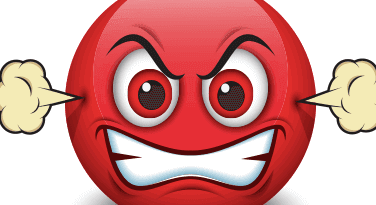1000 Angry Emoji: Copy and Paste

The rise of digital communication has necessitated innovative ways to convey emotions, and the “1000 Angry Emoji: Copy and Paste” collection stands as a testament to this evolution. By offering a diverse range of angry emojis, users can articulate their sentiments with greater nuance and clarity. This capability not only enhances personal expression but also invites exploration into the various contexts in which these emojis can be effectively employed. As we consider the implications of such expressive tools, one must ponder how this collection might influence our interactions in the digital landscape.
Overview of Angry Emojis
In the realm of digital communication, angry emojis serve as powerful symbols of frustration and displeasure, offering a nuanced way to express emotions in a concise format.
These visual cues enhance emotional expression, allowing users to convey complex feelings without extensive text.
As part of the evolving language of the internet, angry emojis empower individuals to communicate their thoughts freely and effectively.
See also: Animated:Liw96yv06dk= Toast
How to Copy and Paste
Angry emojis can effectively convey emotions in digital conversations, but knowing how to easily use them enhances communication further.
Employ simple copying techniques by selecting the desired emoji and using shortcuts like Ctrl+C (Windows) or Command+C (Mac).
For pasting methods, utilize Ctrl+V or Command+V to insert the emoji into your text.
Master these steps to enrich your digital expressions effortlessly.
Categories of Angry Emojis
Emojis serve as a visual language, and among them, the categories of angry emojis offer a diverse array of expressions that can enhance communication.
Popular angry emojis, such as the fuming face and the pouting face, convey different angry emoji meanings, from frustration to rage.
Understanding these categories allows users to express their emotions accurately and creatively in various digital conversations.
Creative Uses for Angry Emojis
Emotional expression in digital communication often requires creativity, and angry emojis provide a unique avenue for conveying frustration or annoyance in a playful manner.
They can enhance social media impact by adding humor to serious discussions, expressing dissatisfaction with a product, or playfully reacting to friends’ posts.
Using angry emojis effectively can transform a simple message into a memorable, engaging interaction.
Conclusion
In a digital landscape where emotions often emerge as mere pixels, the “1000 Angry Emoji” collection serves as a vibrant palette for expressing discontent. By seamlessly copying and pasting these emotive icons, users can enhance their online interactions with clarity and creativity. Whether used to convey playful frustration or serious displeasure, these emojis transform ordinary conversations into poignant expressions of sentiment, bridging the gap between words and emotions in the ever-evolving realm of digital communication.




